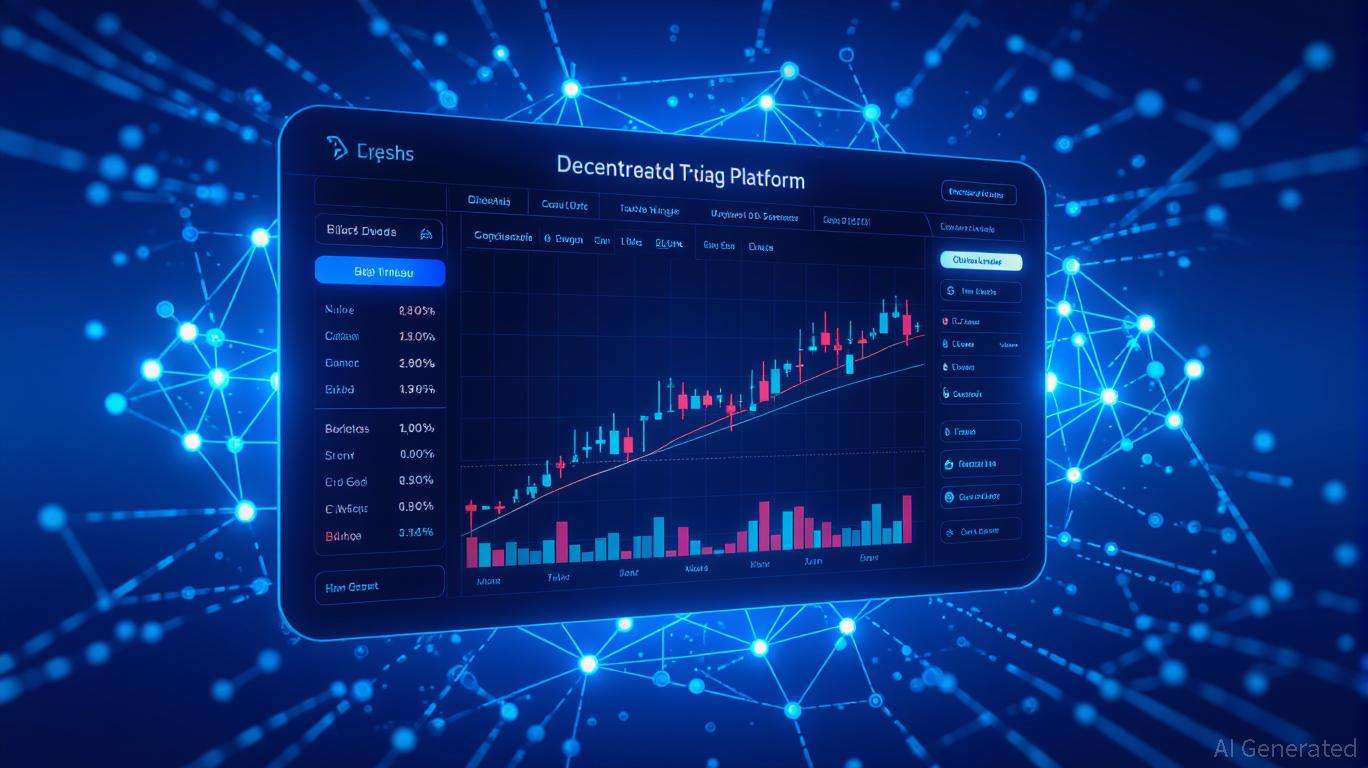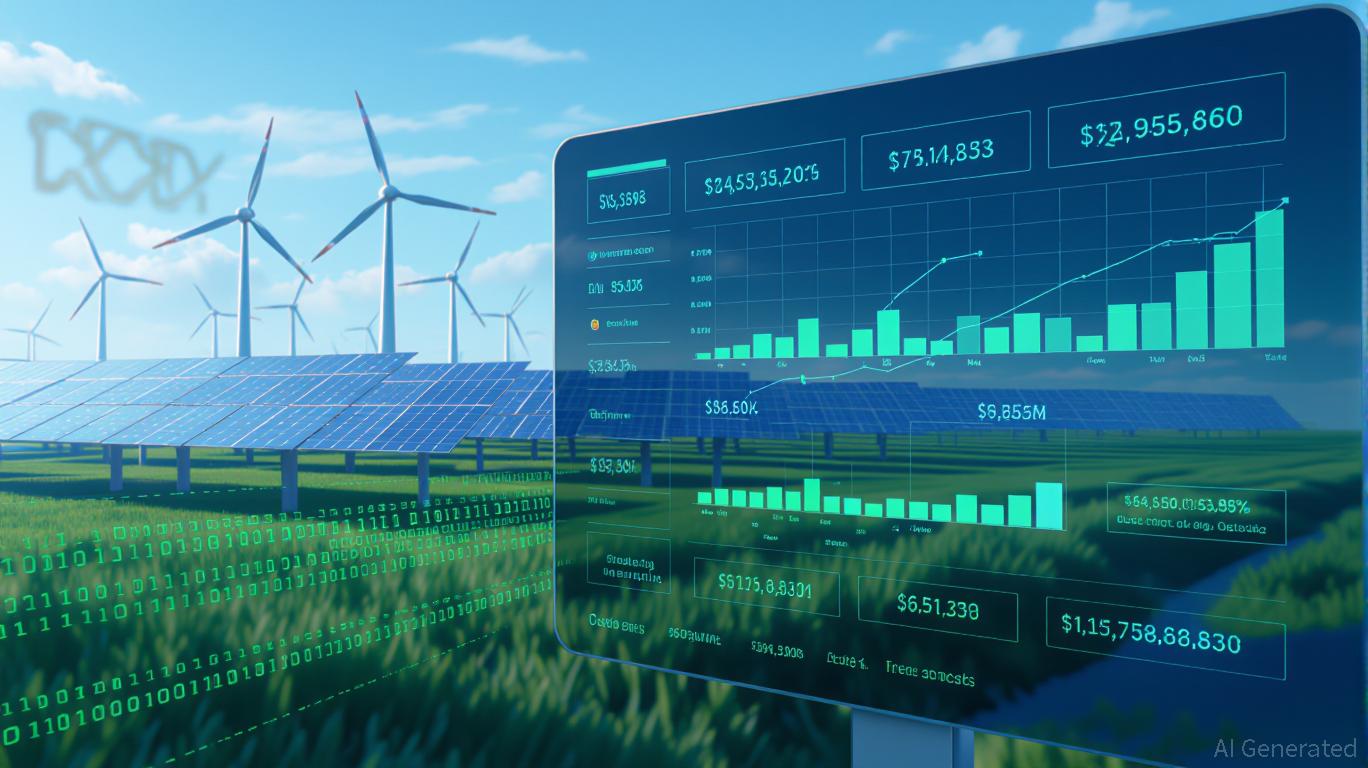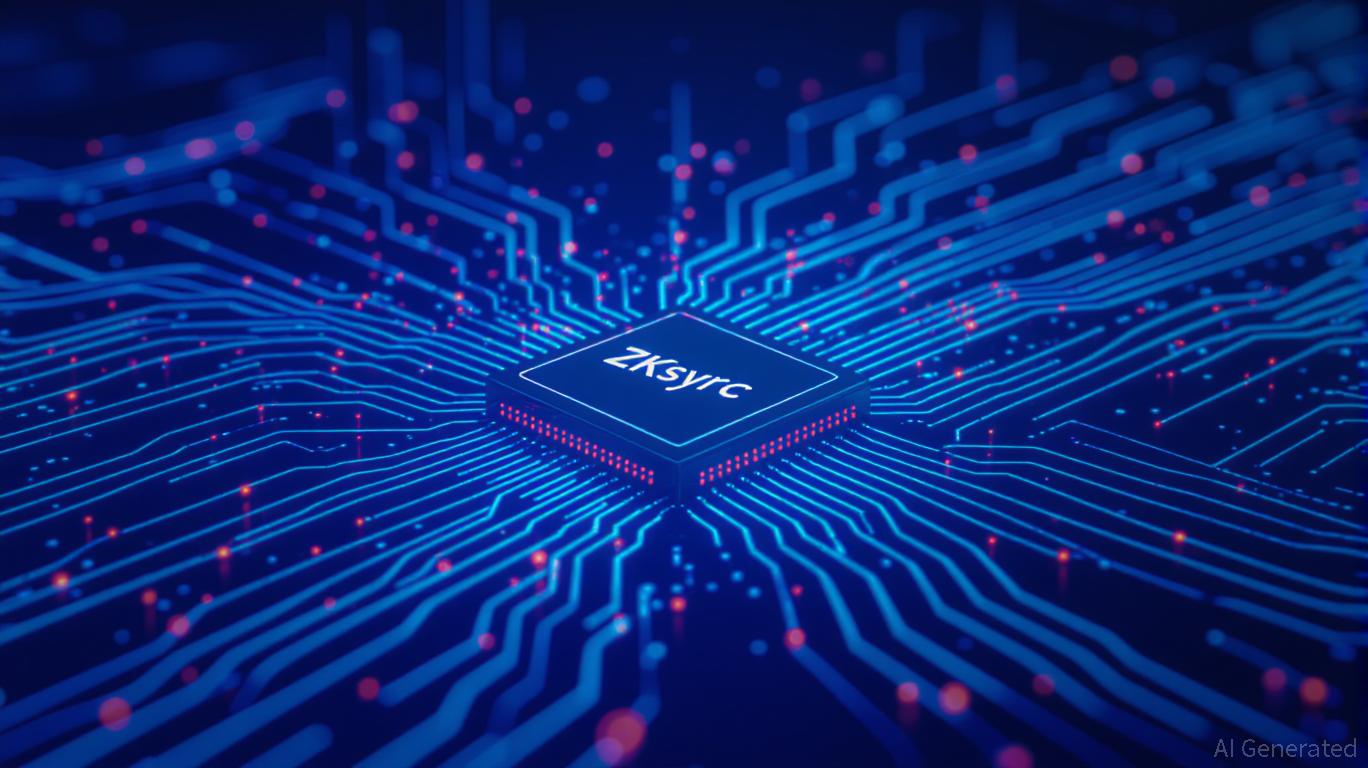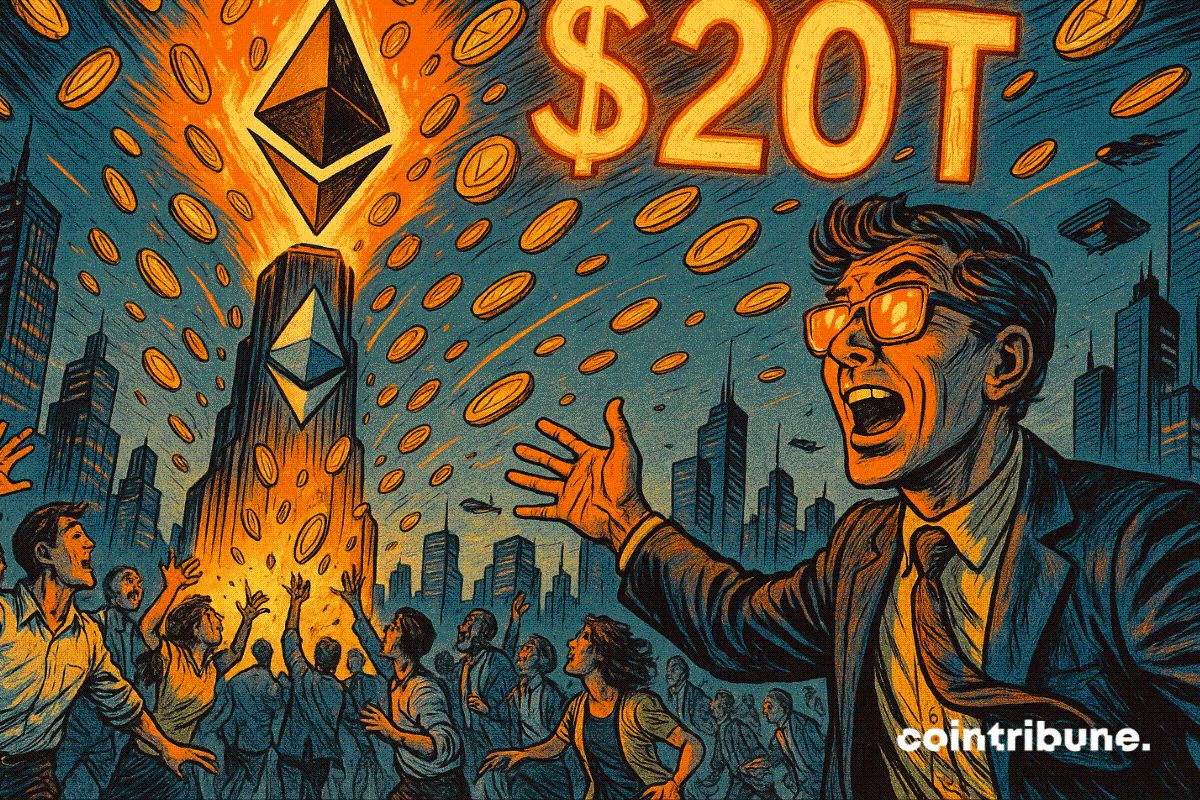Developers and investors are paying attention to Mono Protocol, a new crypto project that’s quickly approaching $3M in funding. In a landscape filled with complex, disjointed blockchain tools, Mono stands out by solving a fundamental issue: fragmentation.
Sponsored
Instead of forcing developers to build the same logic across multiple chains, Mono simplifies Web3 development into a single, seamless layer.
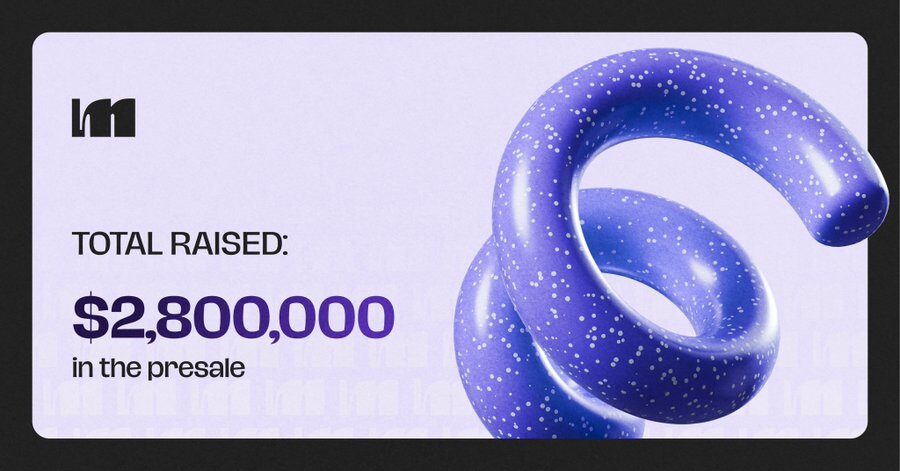
This approach reduces costs, speeds up deployment, and allows builders to focus on user experience rather than technical maintenance. For many in the DeFi and blockchain space, this crypto is becoming the next potential big project of 2025.
Simplifying Web3: How Mono Protocol Is Changing the Developer Experience
Mono Protocol aims to make decentralized application development straightforward. It sits among crypto projects in 2025 that address real-world developer challenges rather than chasing trends. By removing unnecessary technical barriers, Mono helps teams build apps that just work.
The platform strips away complexity that typically slows user acquisition and retention. Developers can focus on creating seamless experiences that attract users and keep them coming back. It also reduces infrastructure overhead by eliminating the need to manually build cross-chain logic. Mono handles this under the hood, allowing teams to save time, lower costs, and ship products faster.
From a usability standpoint, Mono enables monetization of every transaction. Developers can set configurable transaction fees while users benefit from dependable execution, MEV protection, and optimal routing. This balance between simplicity and efficiency is why this project has become one of the most watched cryptocurrency tokens in the DeFi and Web3 ecosystem.
Reward Hub: Where Participation Meets Progress
Mono Protocol’s Reward Hub strengthens its connection with the community. Participants can complete social and referral challenges to earn bonus $MONO and access promo codes. These daily and weekly activities encourage engagement and reward consistent participation within the ecosystem.
The Reward Hub is not only about earning; it’s about contributing to a shared Web3 vision. Every interaction helps expand the project’s reach and builds stronger ties between users and developers.
Upcoming milestones are equally important. The Smart Contract Audit launches on October 30, followed by the Launch Beta on November 7.
To close this sequence, the CEO Announcement and AMA take place on November 13, providing updates on project direction and progress. Each step adds clarity and transparency to how the Mono Protocol evolves.
Staking and Settlement: The Backbone of Mono Protocol’s Security
Security and reliability play a central role in Mono’s blockchain framework. Network operators such as bundlers, orchestrators, and messaging nodes stake $MONO as economic security and earn a portion of protocol fees. This ensures that participants have a vested interest in maintaining integrity within the system.
For instant settlements, Mono uses Execution Bonds under its Resource Locks model. Solvers and routers lock $MONO as performance bonds, ensuring transactions are executed instantly and reliably. This staking-driven architecture helps protect network performance while supporting consistent user experiences within the DeFi ecosystem.
Conclusion: A Developer-Centric Vision for Web3
Mono Protocol’s approach to blockchain development makes it one of the standout entries among crypto projects in 2025. By unifying fragmented systems, offering practical revenue models, and maintaining security through staking, it redefines what developers can expect from a blockchain project.
Mono’s structure is built around function and usability. As the project nears $3M in funding, it represents how developer-focused innovation can drive sustainable growth in Web3 and DeFi.
For those following the next potential big crypto project, Mono Protocol has proven that simplicity, trust, and execution remain the true cornerstones of blockchain progress.

